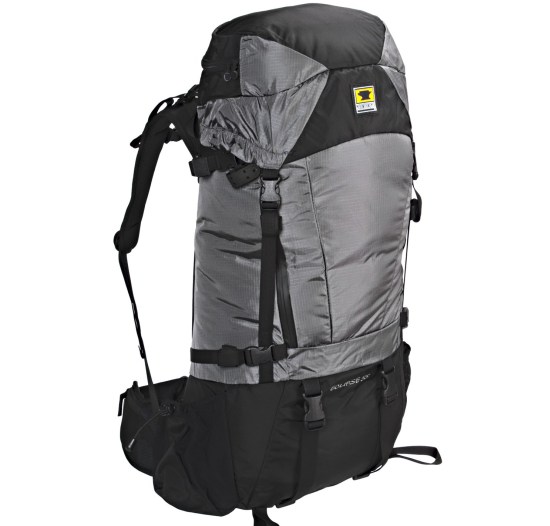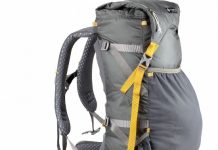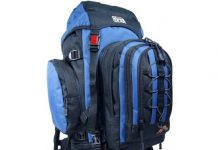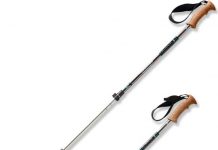There are several occasions when you will need a back pack. And if you are a hiker then there is nothing better than a backpack to serve your purpose. Thus you need to select this item with care. While many people do not know about the different types of back packs, you can be smart and can select the one that best suit your purpose.
Broadly there are two types of back packs – the ones with an external frame and the ones with an internal frame. Let us see how they are different and what purposes they serve.
 External Frame Back Pack
External Frame Back Pack
This type of backpack is more traditional and has an external frame. Simply put, the framework lies on the outside of the bag. The entire bag looks like a box that has a frame to keep the box from moving or being displaced. The bag is good for hiking in terrain that is not very rugged. This type of backpack helps you to keep an upright posture. You can carry a lot of weights in such back packs.
The best part is that the back pack is half the price of those bags that have an internal frame. These bags are not a very popular choice and are therefore rare on store shelves. But these backpacks are very sturdy and can take a lot of weight. There is the provision of adding light weight material like floor mats, sleeping bags and tents on the outside of the bag and this helps in weight distribution as well. Since the backpack is designed to hold a lot of stuff, you do not need to worry about its breaking down.
Internal Frame Back Pack
These are the high end (price wise) back packs and are considerably modern. The frame is fitted inside the bag, and the bags are great for hiking in rugged terrain. There is a huge compartment inside the bag and there are zippered smaller compartments on the outside for your convenience.
But the basic idea about these is that you have to fill them from the bottom to the top and you cannot add heavy weights on the outside of the bag. These bags are not built to carry very heavy loads. You can strap them to your shoulders and torso. These types of bags are commonly found on the store shelves and are popular among hikers.
Photo Credt By: operatorchan.org









